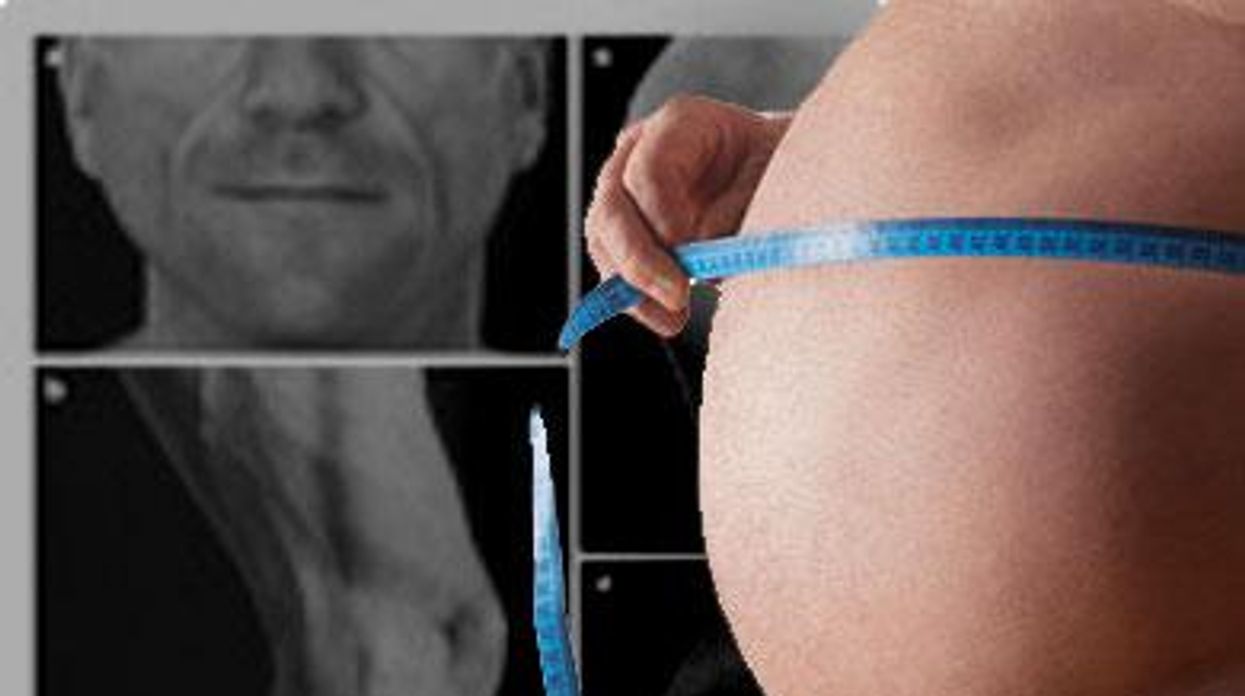1. Two major new drugs promise to make life easier for HIVers. In January pharmacies began offering Egrifta, a daily injection that reduces the deep belly fat that surrounds organs like the liver and stomach as a side effect of anti-HIV drugs. Complera, which combines Edurant, Viread, and Emtriva in a single pill and is meant for first-time HIV medication users, was approved by the U.S. Food and Drug Administration in August.
2. Researchers discover breast-feeding is an option. Many mothers prefer breast-feeding their infants to using formula, but that option is not always available to HIV-positive women. However, a study presented at March's Conference on Retroviruses and Opportunistic Infections in Boston found that giving infants a daily dose of nevirapine for the first six months of life halved their risk of contracting HIV from their mothers (compared with a shorter-term regimen), and among HIV-positive women with higher T-cell counts, there was a 75% reduction in transmission rates. Moreover, while mother-to-child HIV transmission is still possible through breast-feeding, another study indicated that antibodies found in breast milk, when isolated, can neutralize HIV and kill HIV-infected cells. While incorporated into breast milk, the antibodies do little to block the virus, because of IgG, another antibody, but scientists are evaluating how to enhance the HIV-combating antibodies.
3. A vaccine may have been found. Scientists in Spain are testing an HIV vaccine that has proved more powerful than previous ones that have gone to trial. After a year of testing in humans, 95% of the 24 patients built an immune-system defense against the virus, and 85% of them sustained that for a year. Past vaccine trials had shown only 25% of those developed such a defense. The vaccine is specialized to protect against a subtype of HIV that is more prevalent in Europe, North America, and South America.
4. A prevention treatment for couples is successful. One of the more notable breakthroughs of the year concerned a study that was so successful, it ended early. A total of 1,763 relatively healthy HIVers were treated with antiretrovirals, and they avoided transmitting the virus to their HIV-negative partners in 96% of cases. The study was composed mostly of heterosexual couples, so there are no conclusive numbers for serodiscordant gay couples.
5. Glowing cats may help solve kitty version of HIV. Researchers at the Mayo Clinic have found a colorful way to develop a gene-based strategy to fight the feline immunodeficiency virus, or FIV, the feline version of HIV. A gene that provides a green fluorescent protein in jellyfish was used to mark for cells carrying a second gene, which confers resistance to FIV. The fluorescent gene causes the cats to glow and therefore allows scientists to track cell movement and tissue function.
6. Computer mapping and other technologies help target HIV in the U.S. Studies presented at the annual National HIV Prevention Conference in August showed health agencies using technology to enhance prevention and care efforts. Los Angeles County health officials used computer mapping to identify HIVers receiving inadequate treatment, while a Cleveland hospital system used electronic health records to remind doctors to routinely screen patients for HIV. Jonathan Mermin, director of the division of HIV/AIDS Prevention at the Centers for Disease Control and Prevention, said the findings will be incorporated into national AIDS-fighting strategy.
7. Remove the cholesterol, treat the virus? A team of scientists from the U.S. and Europe found in September that removing cholesterol from the membrane of an HIV particle can keep the virus from damaging the immune system.
8. Gene therapy gets turned on its head. Many have looked how gene therapy can change the way HIV affects a person's immune system, but a new theory is exploring the role of gene therapy in HIV transmission. In March researchers published a study, based on computer simulations, postulating that HIVers receiving gene therapy to suppress viral load would be less likely to transmit HIV to a sexual partner but would transmit the therapeutic material, weakening the virus's effect if the partner did contract it.
9. Doctors discover HIV helps treat cancer. When chemotherapy failed to treat William Ludwig's leukemia, doctors tried a new method: They removed a billion of his T cells, infused them with a disabled form of HIV that allowed them to carry cancer-fighting genes, and placed them back in his body. The risky move essentially taught his immune system to kill cancer cells. His doctors are not willing to go so far as to say he is cured, but his leukemia remains in remission.
10. Turns out, the truth is in the hair. Researchers found that measuring the levels of Reyataz in people's hair may be the best way to see how well they are sticking to their treatments. In a recent study, 77% of women who had previously had problems adhering to their drug regimen said they had taken at least 95% of their Reyataz doses. A quick sampling of their hair proved the opposite: Fewer than 20% had actually stuck to the regimen.


Charlie Kirk DID say stoning gay people was the 'perfect law' — and these other heinous quotes